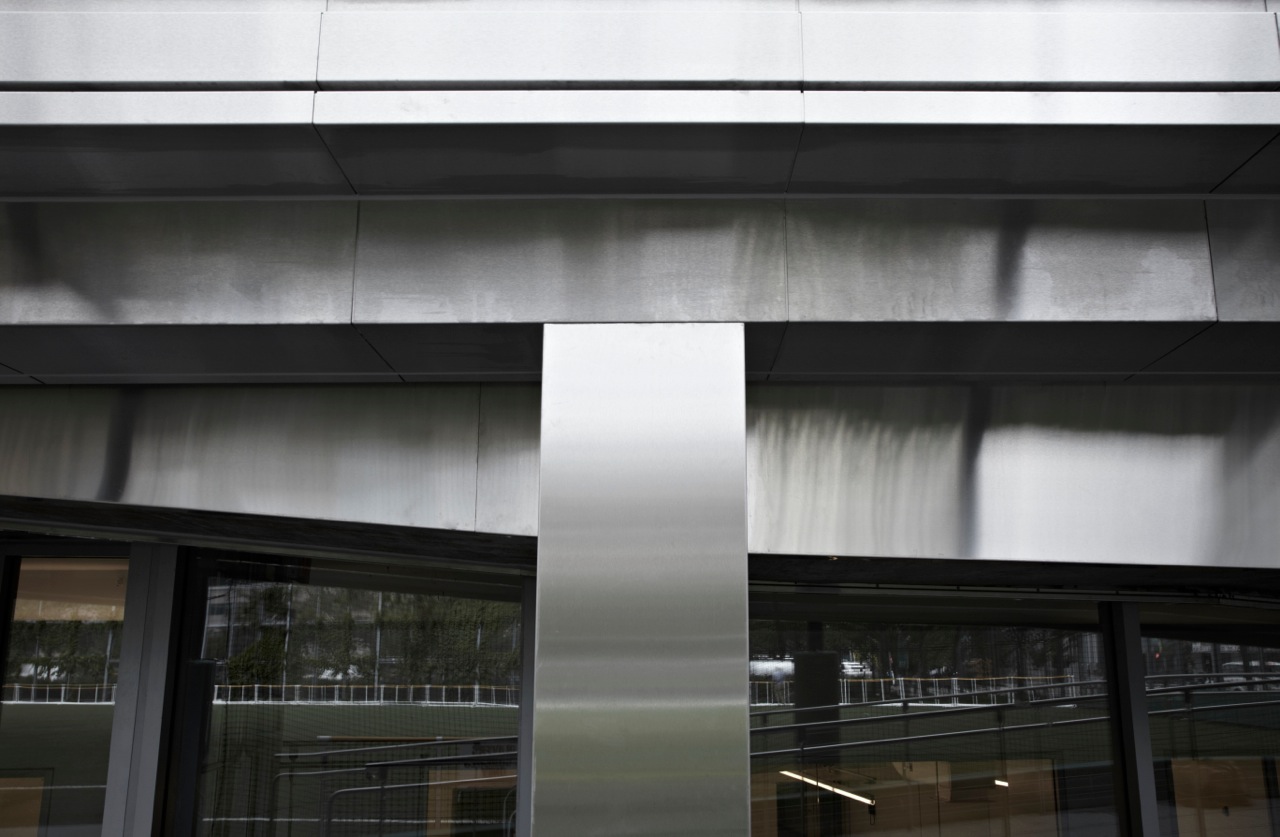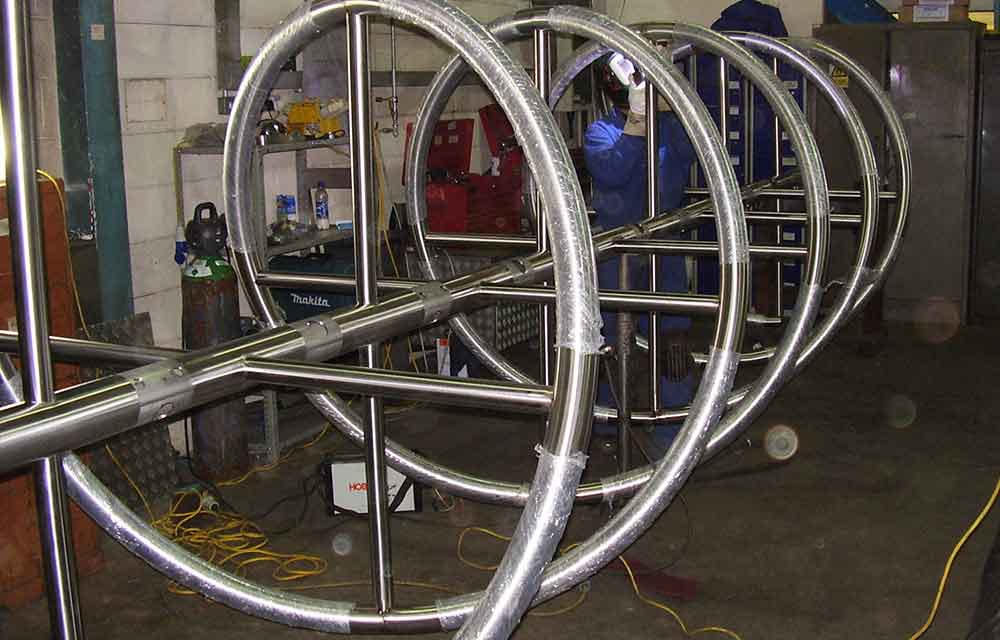The world of architecture has evolved significantly, and one of the most striking advancements is the use of architectural metal facades. These facades not only enhance the aesthetic appeal of a building but also provide numerous functional benefits. As we delve into this topic, we will explore what makes these facades so special and why they are becoming increasingly popular among architects and builders.

Introduction to Architectural Metal Facades
Architectural metal facades are exterior building envelopes made from various metal materials. These facades serve both as a protective shield and as a design element. They can be crafted from different metals like aluminum, steel, copper, and more, each offering unique properties and aesthetics.
The Evolution of Metal Facades in Architecture
Metal has been used in construction for centuries, but the concept of using it as a facade material gained popularity in the 20th century. With advancements in technology, architects began to experiment with different metals, creating innovative designs that were both durable and visually appealing.
Today, architectural metal facades are synonymous with modern architecture. They represent a blend of art and science, offering endless possibilities for creativity while ensuring structural integrity.
Benefits of Architectural Metal Facades
Durability and Strength
One of the primary reasons architects choose metal facades is their durability. Metals like aluminum and steel are known for their strength and ability to withstand harsh weather conditions. This makes them an ideal choice for buildings located in areas prone to extreme weather.
Aesthetic Appeal
Architectural metal facades offer a sleek and modern look that can transform an ordinary building into a work of art. With various finishes, textures, and colors available, architects can create unique designs that stand out.
Energy Efficiency
Modern metal facades are designed with energy efficiency in mind. They can be insulated to reduce heat loss, helping buildings maintain a consistent internal temperature. This not only reduces energy costs but also contributes to environmental sustainability.
Types of Metals Used in Facades
Aluminum
Aluminum is a popular choice for architectural metal facades due to its lightweight nature and resistance to corrosion. It can be easily shaped and finished, making it versatile for various design applications.
Steel
Steel is known for its strength and durability. It’s often used in high-rise buildings and industrial structures. With proper treatment, steel facades can resist rust and corrosion, ensuring longevity.
Copper
Copper offers a unique aesthetic with its distinct color and ability to develop a natural patina over time. It’s often used in historical renovations and buildings that aim to blend with their natural surroundings.
Design Possibilities with Metal Facades
The design possibilities with architectural metal facades are virtually limitless. Architects can experiment with different shapes, patterns, and textures to create visually stunning buildings. Whether it’s a sleek, modern design or a more traditional look, metal facades can be customized to meet the specific needs of a project.
Challenges and Considerations
Cost
While architectural metal facades offer many benefits, they can be more expensive than traditional materials. However, their durability and energy efficiency can offset these costs in the long run.
Maintenance
Metal facades require regular maintenance to ensure they remain in good condition. This includes cleaning to remove dirt and debris and inspections to check for any signs of corrosion or damage.
Conclusion
Architectural metal facades are revolutionizing the way we think about building design. They offer a perfect blend of aesthetics and functionality, making them an ideal choice for modern architecture. As technology continues to advance, we can expect to see even more innovative uses of metal in building design.

FAQs
What are the benefits of using metal facades?
Metal facades offer durability, aesthetic appeal, and energy efficiency, making them a popular choice for modern architecture.
Are metal facades expensive?
While they can be more costly than traditional materials, their long-term benefits often justify the initial investment.
How do I maintain a metal facade?
Regular cleaning and inspections are necessary to ensure the longevity and appearance of metal facades.
For more information on modern architectural designs, visit All Metals Fab and Modern Architectural.
This article contains affiliate links. We may earn a commission at no extra cost to you.

